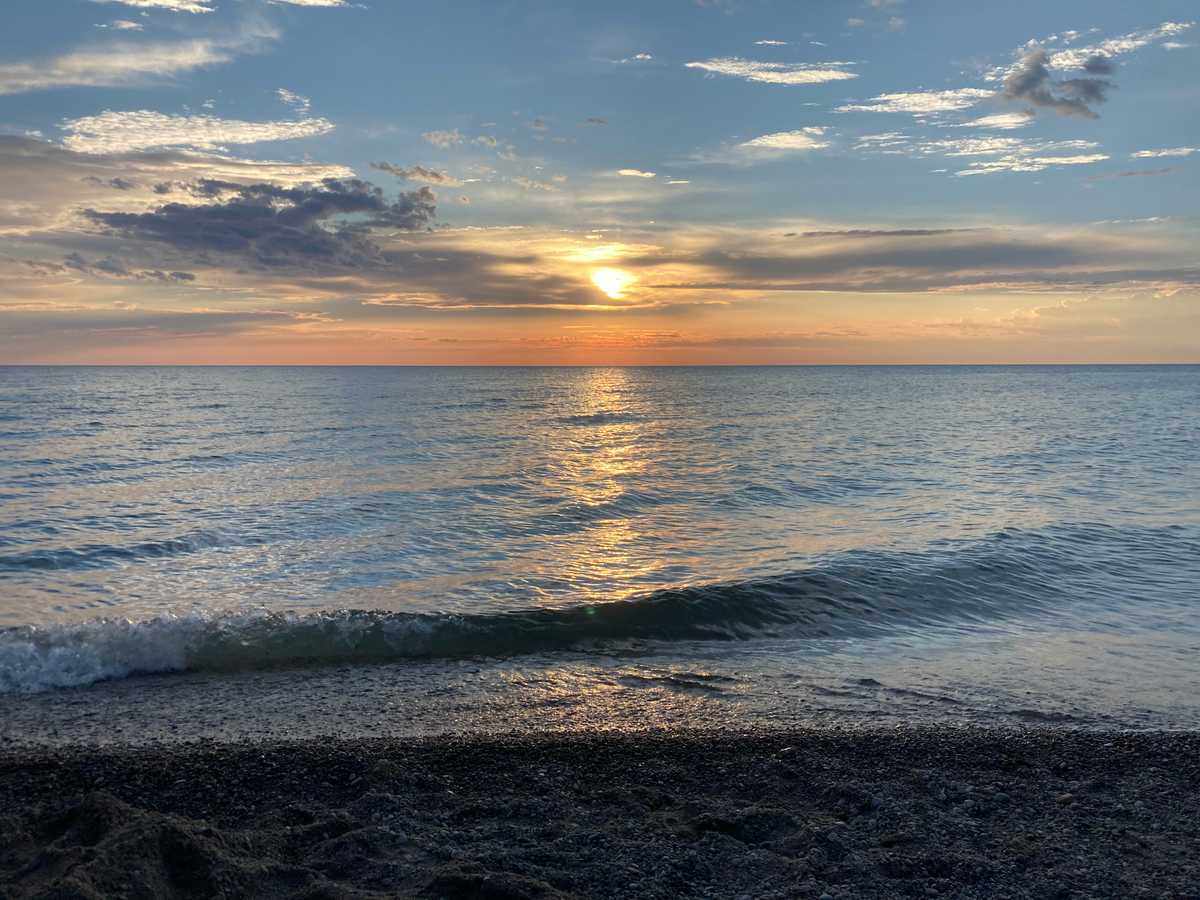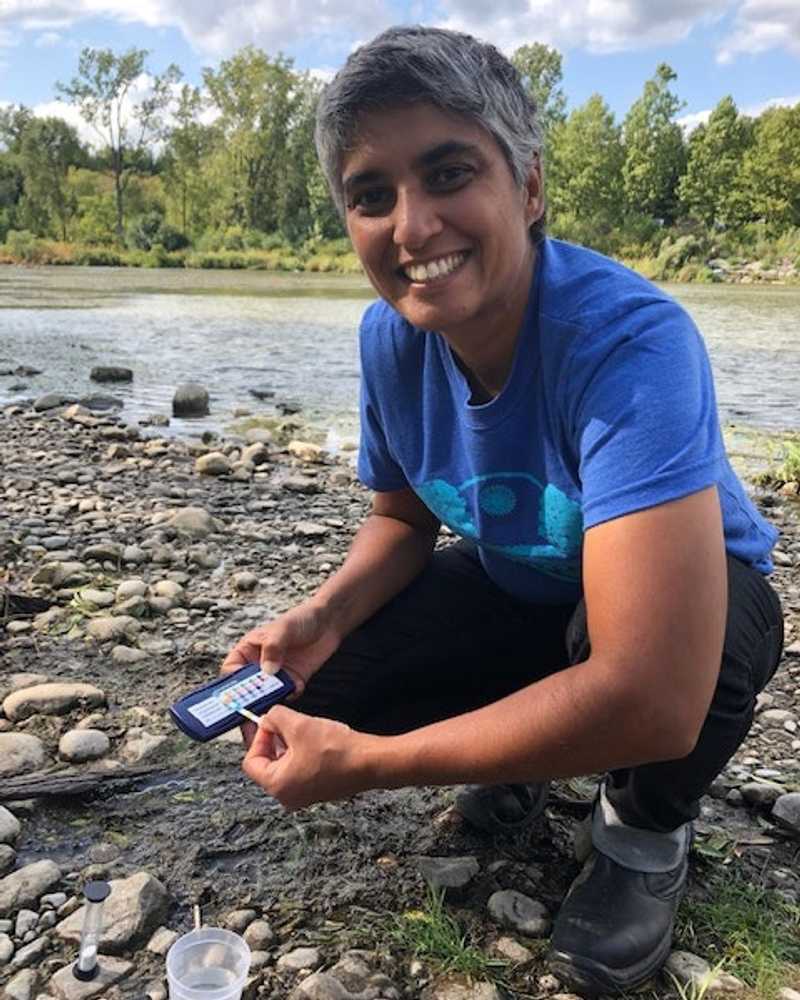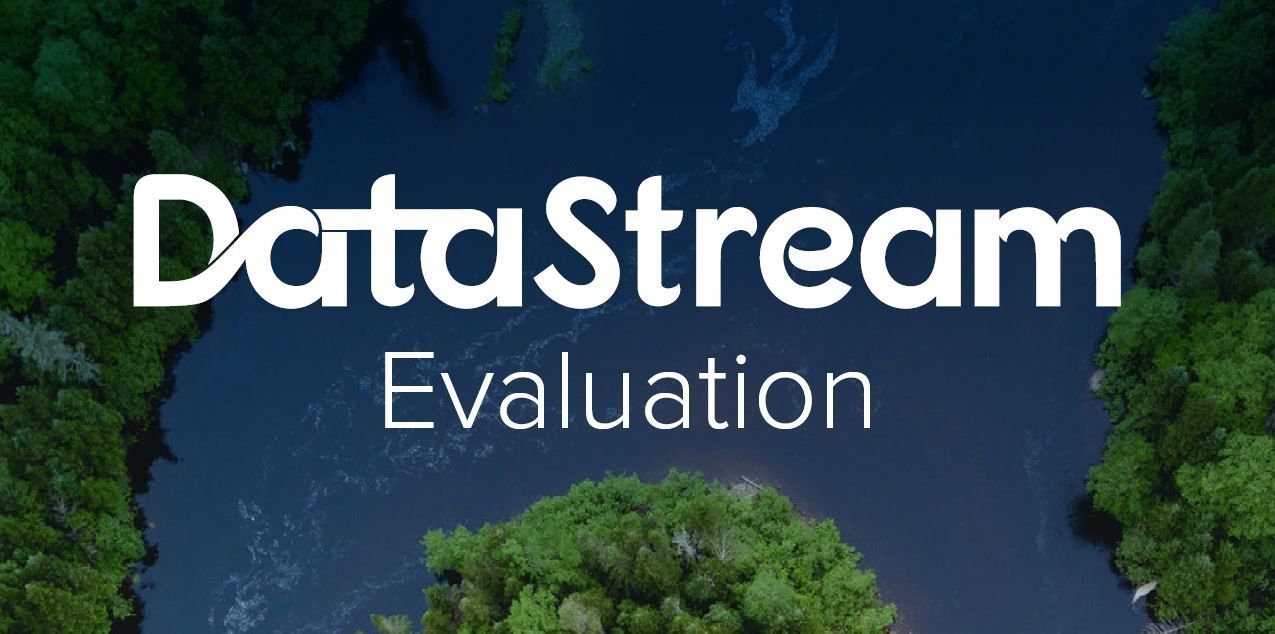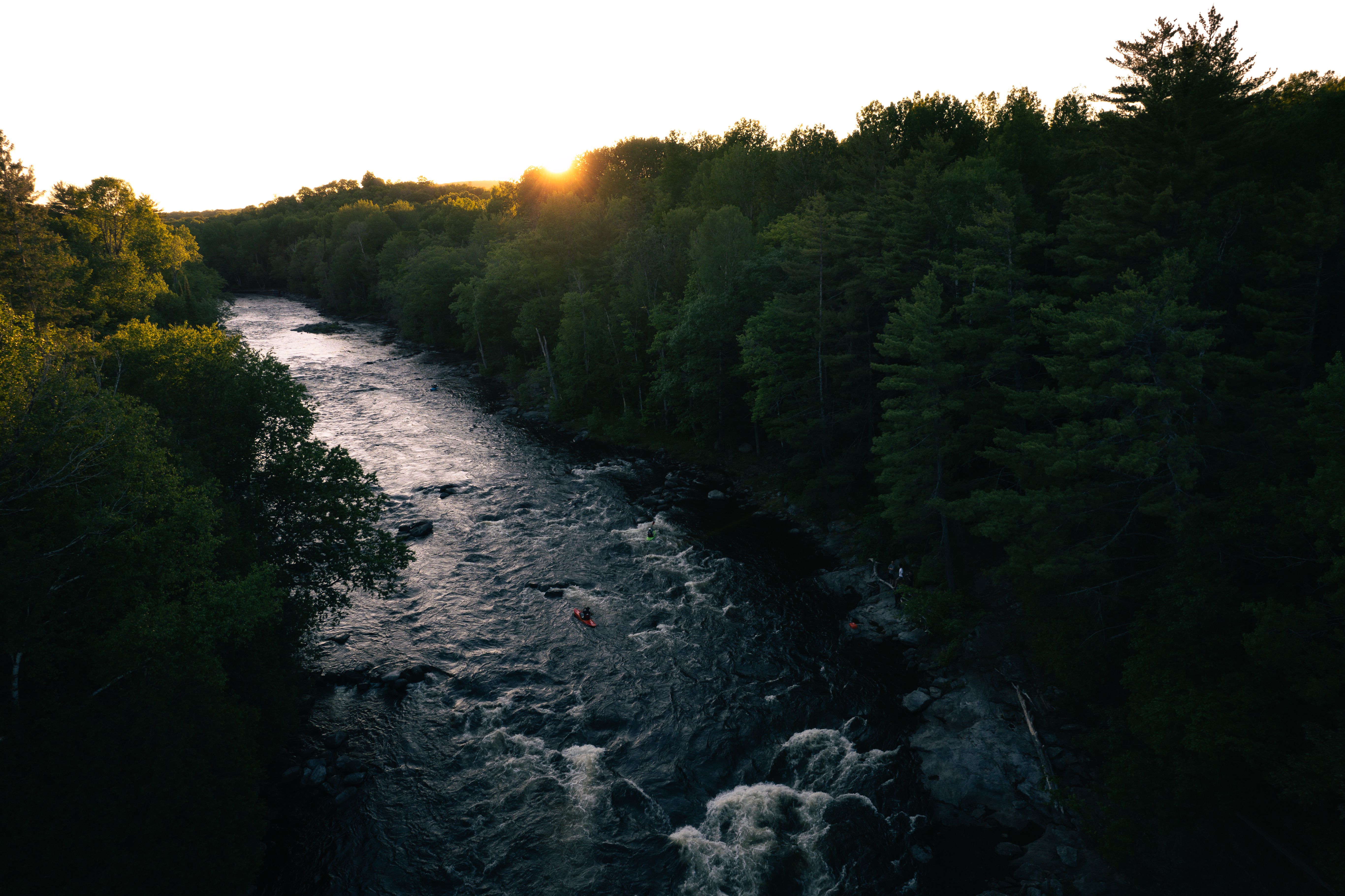
Lake Erie Guardians step up to fight toxic algae
November 25, 2021
When the Canadian Freshwater Alliance (CFA) put out the call for water testing volunteers through its Lake Erie Guardians program, the response was overwhelming. Relaunched in 2021 in partnership with Water Rangers, the new monitoring initiative attracted hundreds of applications for the 50 spots available. “It’s amazing,” says Raj Gill, CFA’s Great Lakes Program Director.

Raj Gill is the Great Lakes Program Director for Canadian Freshwater Alliance
Today, these citizen scientists are collecting water quality data across the massive Lake Erie watershed — from the Detroit River to Point Pelee to the shores of Port Dover.
It’s important work in this part of Ontario.
Toxic and nuisance algae blooms have plagued Lake Erie for decades, starving ecosystems of oxygen, closing beaches and threatening drinking water supplies. Nowadays, phosphorus from agricultural runoff is the major culprit, but other factors play a role as well.
For example, the lake’s relatively shallow depths produce warmer waters where algae thrive. Meanwhile, invasive quagga mussels filter the water, allowing more sunlight to penetrate and fuel algae growth. Climate change is upping those temperatures even further, while plastics pollution and sewage spills add pressures of their own.
A team effort
Now, the Lake Erie Guardians are helping find solutions. In year one, they focussed on establishing baselines for water temperature, dissolved oxygen, pH balance and more. Looking ahead, that information will allow communities, researchers and policy makers to identify trends and compare different parts of the watershed.
“That’s really powerful in terms of starting to paint the picture of the Lake Erie watershed as a whole,” says Gill. “It helps tell a collective story.”
The dedicated volunteers come from a variety of backgrounds: Retirees eager to protect the rivers and lakes for their grandchildren. Grade 9 students getting hands-on lessons in stewardship. Eco-minded businesses. A young woman from the Caldwell First Nation who prompted others in her community to get involved.
It’s a collaborative effort behind the scenes as well. CFA and Water Rangers— a not-for-profit focused on community science — work closely to coordinate the program and support the Lake Erie Guardians with training and test kits. And diverse community-based partnerships— with conservation authorities, First Nations groups, and local not-for-profits— have been integral. They also submit the data collected by the Guardians to the newly released Great Lakes DataStream hub, helping build a rich, open-access source of water quality information.
Inspiring action
For the volunteers, the program has increased their understanding of how even small changes — like a temperature increase of one degree — can have big impacts on the ecosystem. That awareness has inspired many of them to get involved with restoration projects like planting shade trees to cool rivers and streams.
Now, Gill wants to see that enthusiasm motivate decision-makers to do more to protect the Great Lakes — like following through on federal and provincial commitments to reduce phosphorus levels.
“When you’ve got a community of 300 people vying for 50 positions to do data monitoring and be part of the solution, I think that’s going to create momentum for our leaders as well,” she says.
And that leaves Gill hopeful about the future. “You feel that sense of community and collective power and commitment to the watershed,” she says. “It’s hard not to be optimistic.”
The results are in! DataStream's 2023 external evaluation
We asked for your feedback, and you delivered! DataStream is pleased to share the results of our 2023 external evaluation.
Community science on the agenda in the Great Lakes
Since DataStream began in 2016, we have focused on amplifying the important work of community-based monitoring groups. We’re excited that community science has been a central theme at the many gatherings we’ve attended over the past few months throughout the Great Lakes region.
Paddling and protecting the Madawaska
For the past four years, Madawaska Kanu Centre’s office team have been tracking the river’s water quality. Once a month, unless the conditions are too icy, they measure parameters like pH levels, dissolved oxygen and transparency.


